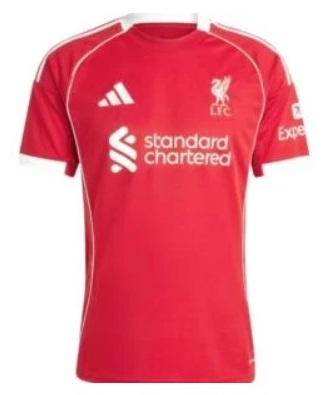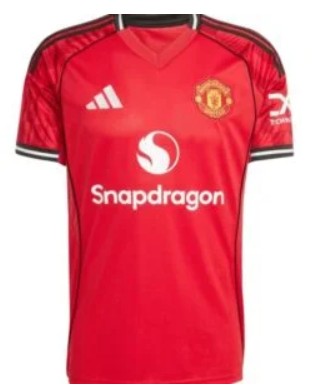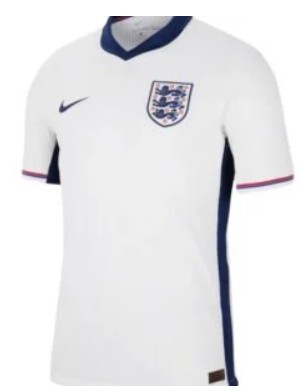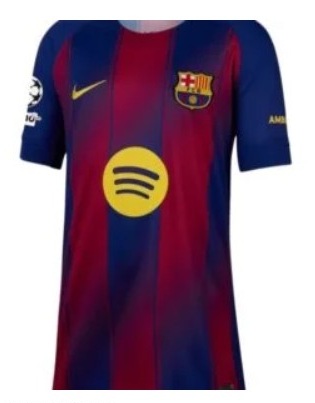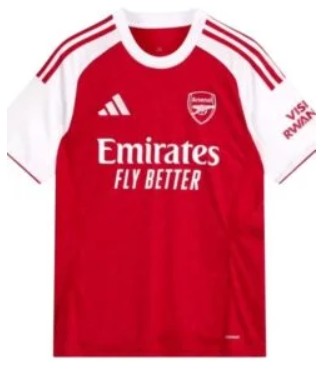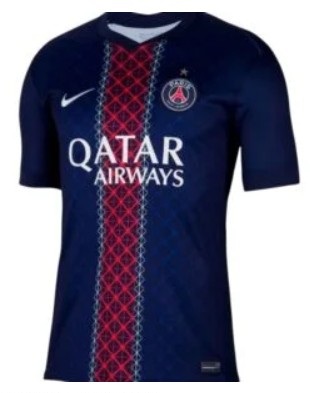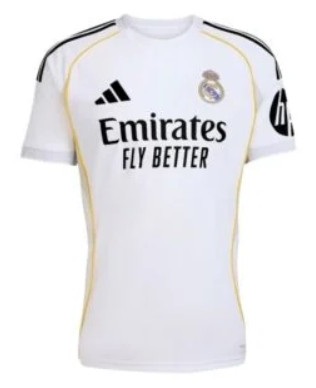Understanding Variance: The Hidden Enemy of Bettors
Variance measures how far results deviate from expected outcomes. A 55% bettor expects 550 wins from 1,000 bets, but variance means actual results could range from 500 to 600 wins. Short-term results tell you nothing about true skill – variance can make experts look foolish and lucky amateurs appear genius.Standard deviation quantifies this spread. For binary outcomes (win/lose), variance equals p(1-p), where p is win probability. A 55% bettor has variance of 0.55 × 0.45 = 0.2475, with standard deviation √0.2475 = 0.497. Over 100 bets, expect 55 wins ± 5 (one standard deviation), but 40 or 70 wins remain possible.The law of large numbers promises convergence to expected values, but “large” means thousands, not dozens. Professional bettors think in 10,000-bet samples where edges manifest clearly. Amateur bettors judge systems on 50-bet samples where variance dominates results. Measuring true performance requires patience most lack.The Mathematics of Losing Streaks
Calculating Downswing Probabilities
Losing streaks happen more frequently than intuition suggests. The probability of losing N consecutive bets equals (1-p)^N. For a 55% bettor, 10 straight losses occur with probability 0.45^10 = 0.034% – rare but inevitable over thousands of bets. The probability of experiencing this streak sometime during 1,000 bets approaches 25%!Maximum expected losing streak approximates log(n) / log(1/(1-p)), where n is total bets. Over 10,000 bets, a 55% bettor should expect a 16-bet losing streak. This mathematical reality shocks bettors who quit after “impossible” 12-bet downswings, not realizing they’re experiencing normal variance.| Win Rate | 10-Bet Losing Streak | 15-Bet Losing Streak | 20-Bet Losing Streak | Expected Max (10k bets) |
|---|---|---|---|---|
| 45% | 0.25% | 0.014% | 0.0008% | 19 losses |
| 50% | 0.10% | 0.003% | 0.0001% | 17 losses |
| 55% | 0.03% | 0.0007% | 0.00001% | 15 losses |
| 60% | 0.01% | 0.0001% | 0.000001% | 13 losses |
Drawdown Depths and Recovery
Drawdowns measure peak-to-trough bankroll declines. Monte Carlo simulations reveal sobering truths: 55% bettors at even odds face 25% bankruptcy risk with 50-unit bankrolls. Even 200-unit bankrolls see 20%+ drawdowns regularly. Recovery requires not just returning to breakeven but surpassing previous peaks.Recovery mathematics punish aggressive bettors. A 50% drawdown requires 100% gain to recover. This asymmetry means conservative bankroll management isn’t cowardice – it’s mathematical necessity. Kelly Criterion betting optimizes growth while managing drawdown risk, though even quarter-Kelly stakes create substantial variance.Optimal Bankroll Management Strategies
Fixed Unit Staking
The simplest approach uses fixed bet sizes regardless of bankroll fluctuations. Betting 1% of starting bankroll provides stability but doesn’t optimize growth. During winning streaks, returns lag percentage strategies. During losses, fixed units prevent rapid recovery. Best suited for beginners learning variance tolerance.Professional implementation requires 200-500 unit bankrolls. Conservative bettors use 1-2% of current bankroll, aggressive ones 3-5%. Never exceed 5% regardless of confidence – variance doesn’t care about your conviction. Track performance in units won/lost rather than currency to maintain perspective during swings.Percentage Banking Systems
Betting fixed percentages of current bankroll automatically adjusts stakes to performance. Win and bets grow; lose and they shrink. This “anti-martingale” approach accelerates growth during winning periods while protecting during downswings. The key is choosing appropriate percentages for your edge and variance tolerance.Implementation varies by betting style. Value bettors might use 2-3% for standard bets, 4-5% for strong value. Systematic value betting benefits from percentage banking’s automatic stake optimization. Adjust percentages based on confidence levels but maintain consistency within categories.“The biggest mistake bettors make is confusing a good run with skill and a bad run with failure. Variance is the great equalizer – respect it or it will humble you. Build your bankroll to survive the worst variance, not capitalize on the best.” – Ed Miller, Professional Gambler and Author
